From the author. If you want to learn how to read the news professionally, isolating the really important from the information flow, cutting out manipulation, “jeans” and disinformation, simply reading one or a dozen such articles will not be enough. Similarly, even a hundred video courses will not teach you this.
Without practical application of what you have read, without daily practice, reading this article and watching the lecture will hardly help you. Nevertheless, I hope you will get at least two things out of this article: a general idea of the principles of information field monitoring and how specialists do it in practice. But of course, it will be about more than that.
So, we have to understand that information is a way of representing reality in the minds of people and society. This is just one definition of the term, but it is the most relevant to our topic. Accordingly, the information field is a set of information resources concentrated in a certain spatial and temporal volume. And we are learning to analyze it. We are also interested in such a concept as information flow, which is understood as a set of knowledge (information) that moves in the information space through communication. The structure of the information flow also includes a set of databases, data banks, technologies, telecommunication systems, etc.
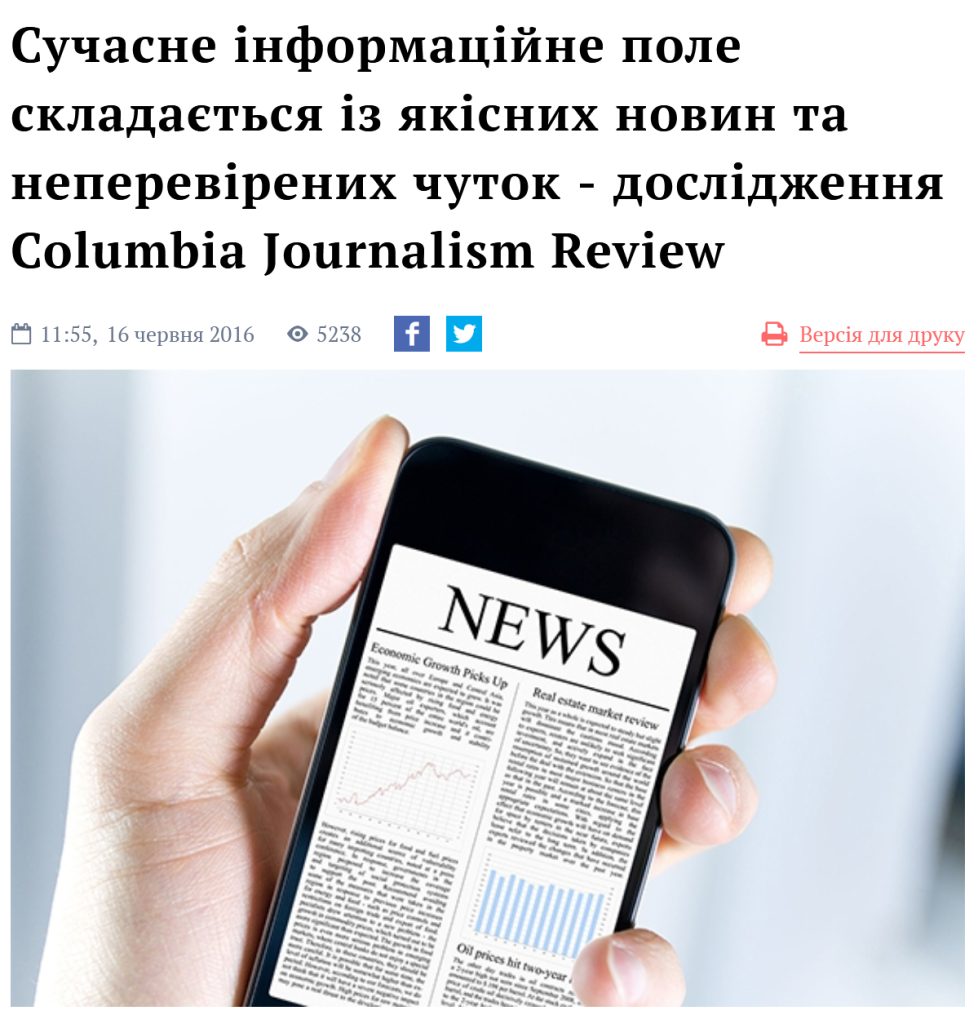
Since we are interested in the practical aspect of analyzing the information field in our conditions of full-scale war, we will also talk about information wars.
Information warfare is the manipulation of information trusted by an object without the object’s knowledge, so that the object makes decisions against its interests, but in the interests of the one waging the information war.
The main objective of information wars is to manipulate the masses. The purpose of such manipulation is most often to:
- introducing hostile, harmful ideas and views into the public and individual consciousness;
- disorientation and disinformation of the masses;
- weakening of certain beliefs and customs in order to present them as one’s own;
- intimidating their people with the image of the enemy;
- auxiliary or accompanying in conventional warfare;
- intimidating the enemy with its power.
It’s worth remembering that the “conventional war” is preceded by an information war!
Shock and a we is a military strategy based on the use of extreme power and impressive displays of force to paralyze the enemy’s perception of the battlefield and destroy their will to fight.
This strategy was used by the coalition of democratic countries when they repelled Saddam Hussein’s aggression against Kuwait. And the Russian dictator Putin tried to use the same strategy during his full-scale invasion of Ukraine. In the first case, the strategy was successful; in the case of the attack on Ukraine, Russia’s “blitzkrieg” failed due to mistakes in intelligence and analysis of the Ukrainian information field.
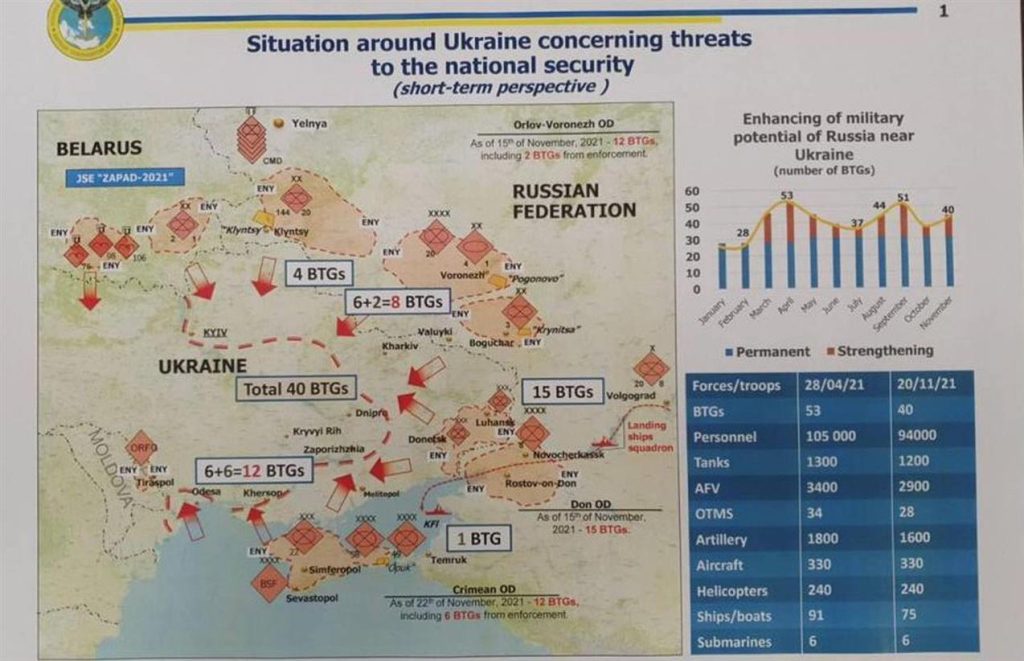
With the development of the Internet and social media, people began to receive a huge flow of free and often unverified information. At the same time, newsrooms are forced to cut their costs, so the amount of analytical materials or thoroughly verified news is decreasing. And not all media outlets are ready to openly name their sponsors or put an advertising plate on paid materials.
Thus, the information flow combines professionally prepared news with unverified rumors and subjective assessments. Researchers call this phenomenon digital fragmentation. And because of this, the “overall quality” of the information field is declining. Due to the war and infrastructure problems, getting information is becoming more expensive, and there is almost no one to pay for it. The advertising market is shrinking.
Another effect of fragmentation is polarization. Opinions and rumors that are not based on facts give a quick impetus to favor or dislike a phenomenon or fact. In addition, readers lose the ability to distinguish facts from opinions. Political preferences often become a substitute for fact-checking, and trust in a politician exceeds objectivity.
One of the peculiarities of the war period was the “short time horizon” – when political actors, experts, and the media “are on the agenda for one to three weeks, and what happened the day before yesterday is no longer important.”
In addition to the temporal deformation, the change in the structure of the information field is of great importance, when one channel has become dominant on television (which is fundamentally different from the pre-war situation of competition between many channels, including hostile ones), and outside of television, there is growing activity on the Internet on Facebook, YouTube, Telegram, Tiktok, all of which are not legally Ukrainian.
The information environment has also undergone major transformations. On the one hand, the Single Telethon was organized for security reasons, resulting in a certain monopolization of the TV space. On the other hand, news messengers and Internet bloggers have become very popular. Today, the number of consumers of this information market exceeds the number of people who receive news from television. At the same time, the Internet space operates outside the scope of Ukrainian media legislation.
The popularity of messengers and bloggers/experts as providers of news and their interpretations not only creates a new factor of influence on the political space of Ukraine, but also has the potential to change it and create new actors in the political process. This is the first environment that can potentially bring forward new players who can turn their media popularity into political popularity.
All this should be taken into account when analyzing the information field.
Media monitoring and analysis of the information field
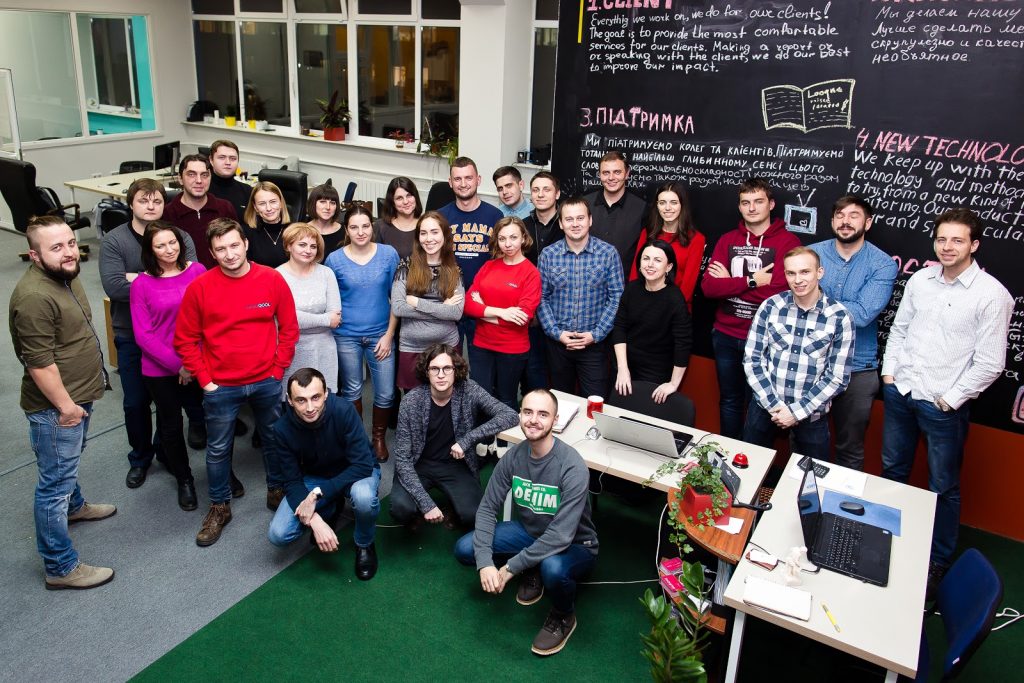
The media can be monitored in two formats:
- 24/7 monitoring. In this format, specialists collect all content by specified keywords or brands, sort it by message tone, source credibility, and reach, and provide it in the form of a regular report;
- Regular monitoring of publications on a given topic. You need it for preliminary analysis or to stay up to date.
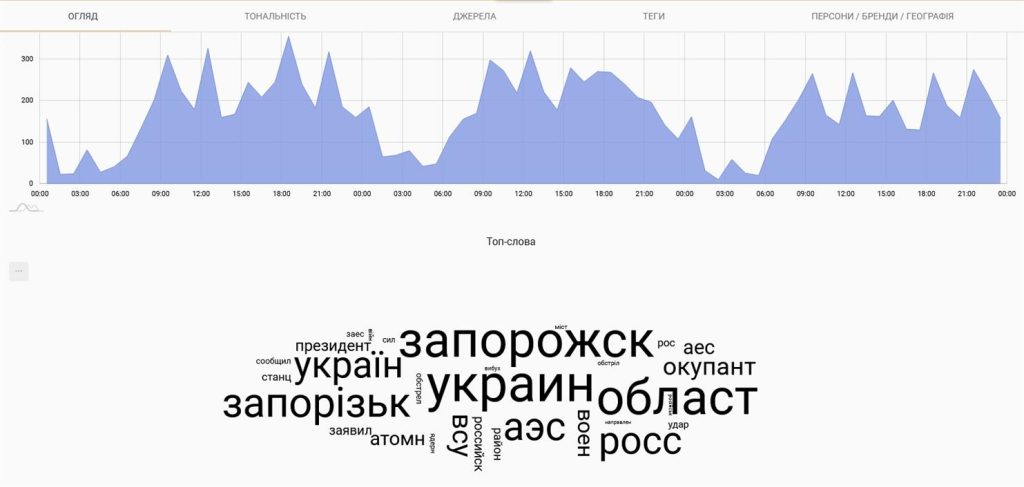
If you think that this work is done by some special programs or tools, you are mistaken. In fact, it’s a laborious job for a large team of people who are able to track everything from mentions of a brand or politician on social media to regional newspapers and television.
Yes, many monitoring processes are automated today, but humans are still the key to this process. It is a human being who fills in the monitoring plates like this one:

Professional monitoring always provides a large amount of information. In order to systematize and summarize the information, all reports from the monitoring teams are passed to analysts who summarize and draw brief conclusions in the form of references.
In a practical sense, if you want to track, for example, the spread of hostile propaganda on social media in a particular region, you should monitor posts in all major groups and publics on a daily basis (preferably along with news sites), carefully recording all the main points and who is spreading them. Be sure to indicate the tone and pay attention to the number of shares and comments.
After collecting at least a month’s worth of information, you will be able to see the trends that are taking place. The main speakers and distributors. If you’re lucky, you’ll be able to see the connections between them right away.
Don’t expect it to be easy. You may have to read up to a hundred different publics every day and the same number of posts in each of them. Carefully write out the content and label the tone and other characteristics. It is difficult and time-consuming. But only in this way can you see what the enemy is carefully hiding from us.
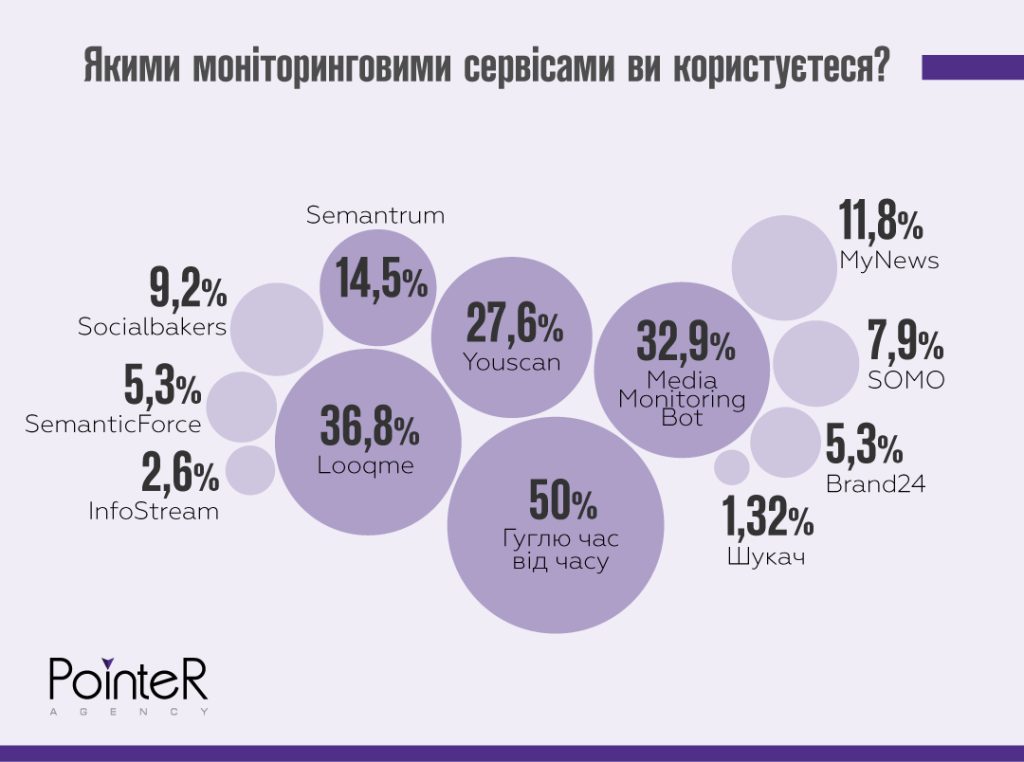
Why analyze the information field in times of war
- We analyze the enemy’s actions and their impact on Ukrainians.
- We analyze the effectiveness of Ukrainian special information operations.
- We identify enemy agents of influence.
- We find out the most effective propaganda tools.
- Detect misinformation.
- We form an information strategy.
- “Hidden Diplomacy.


Leave a Reply